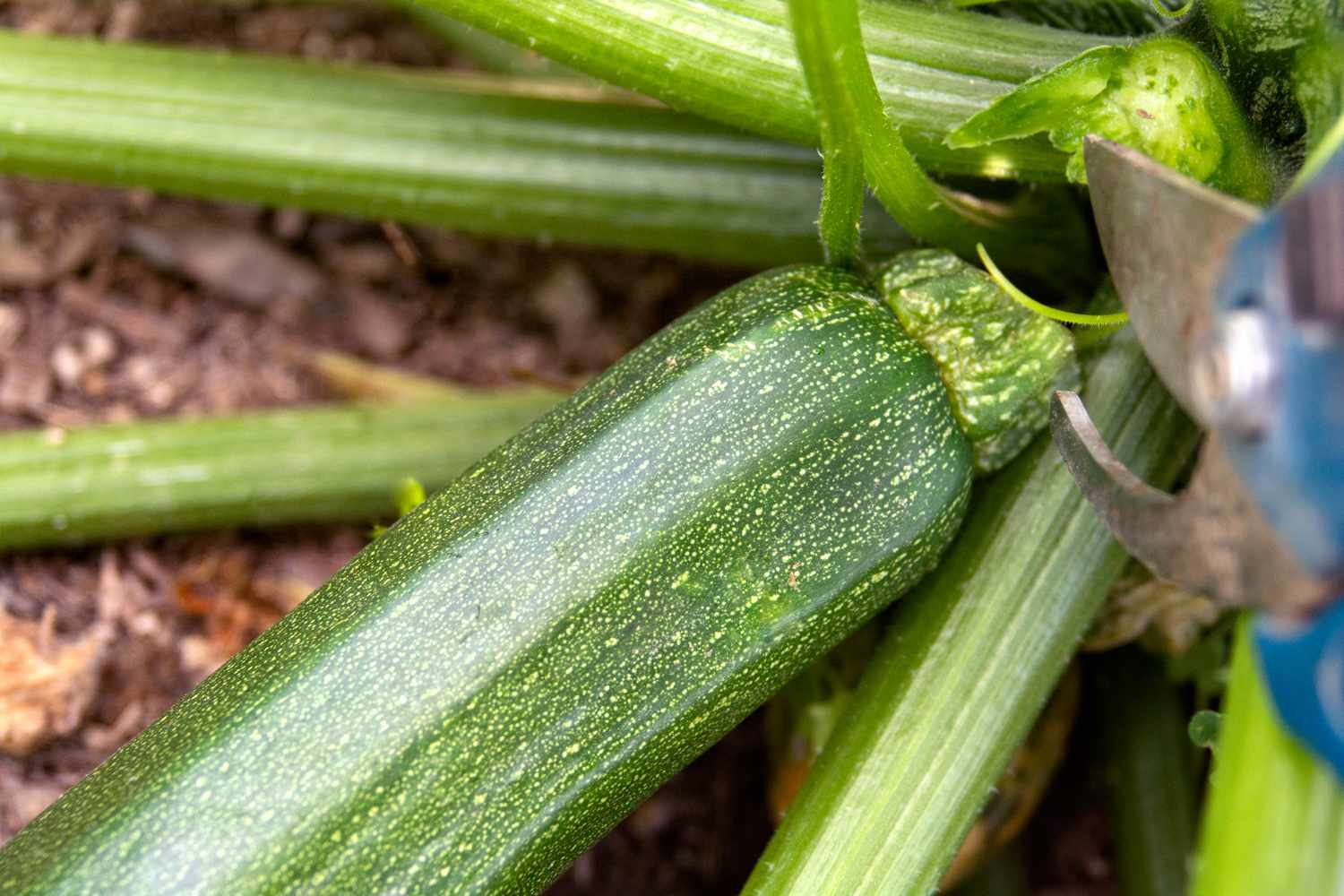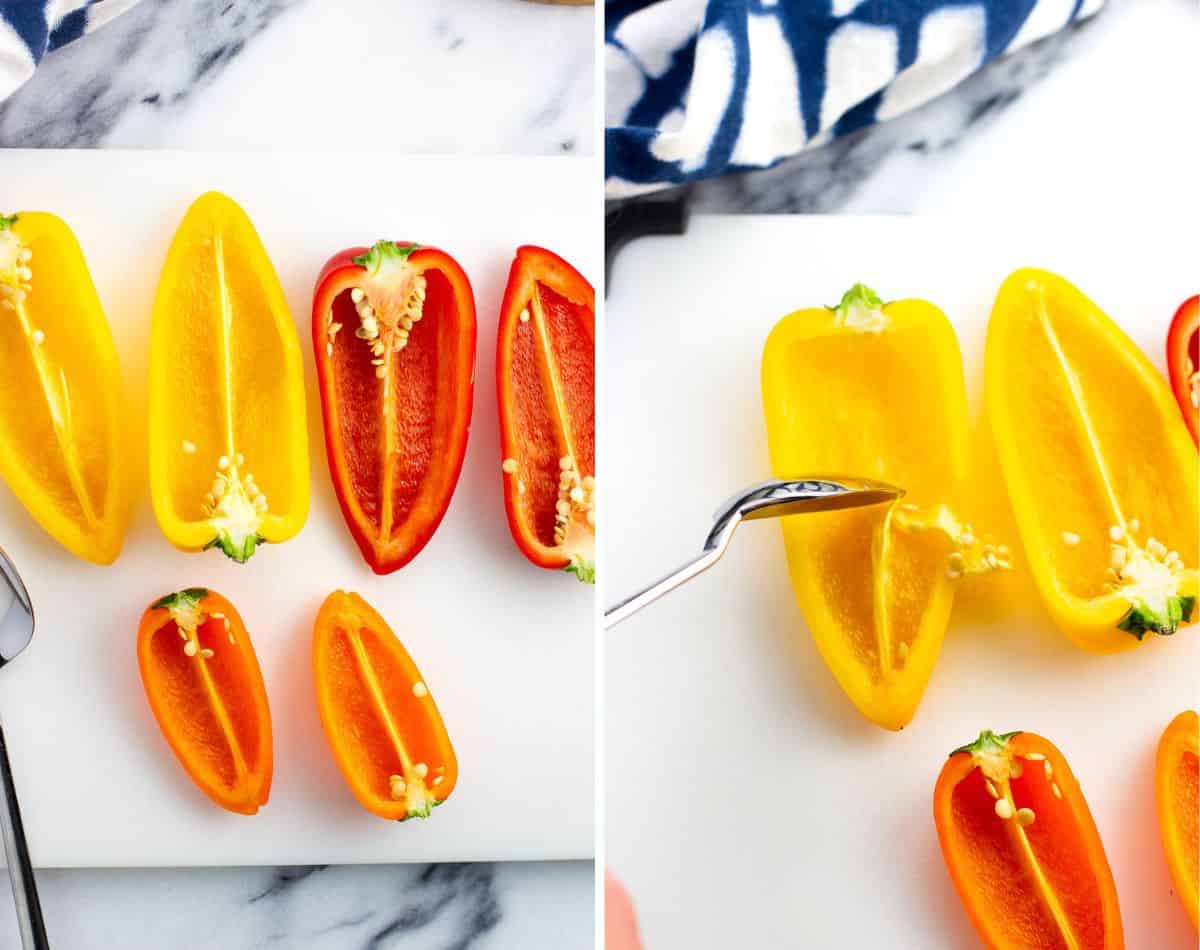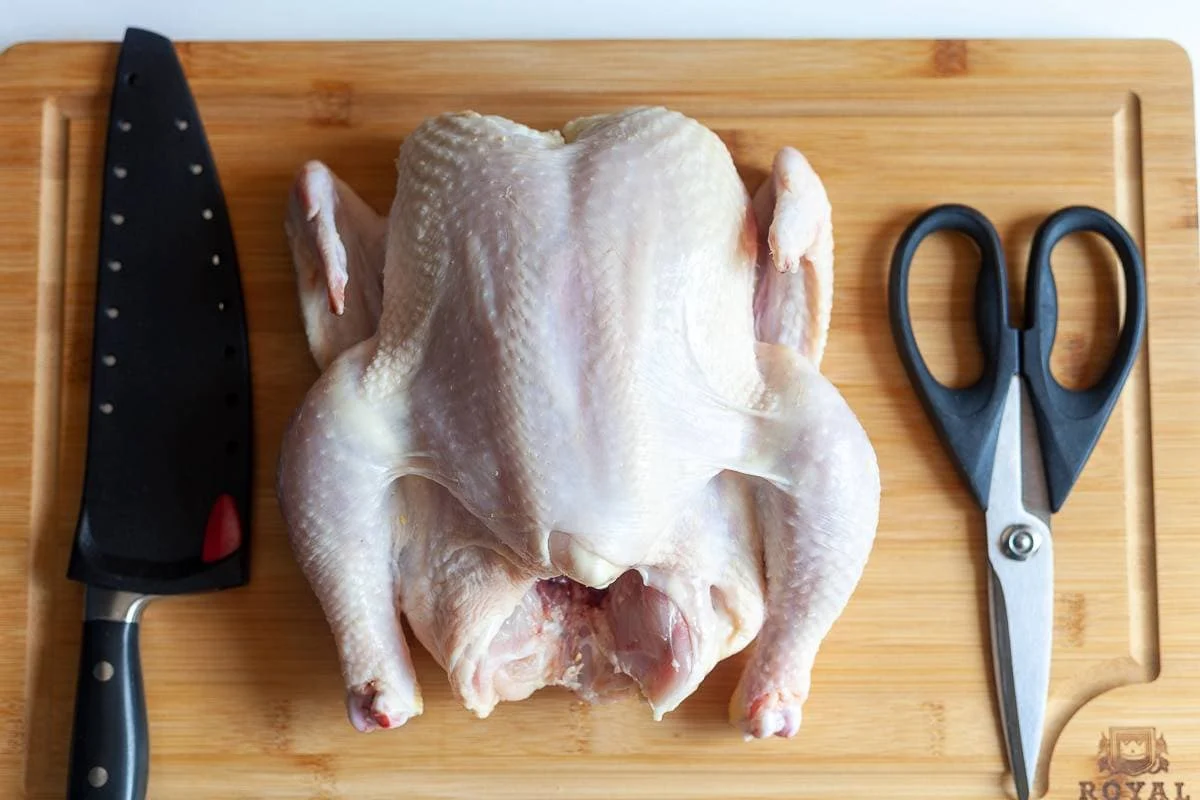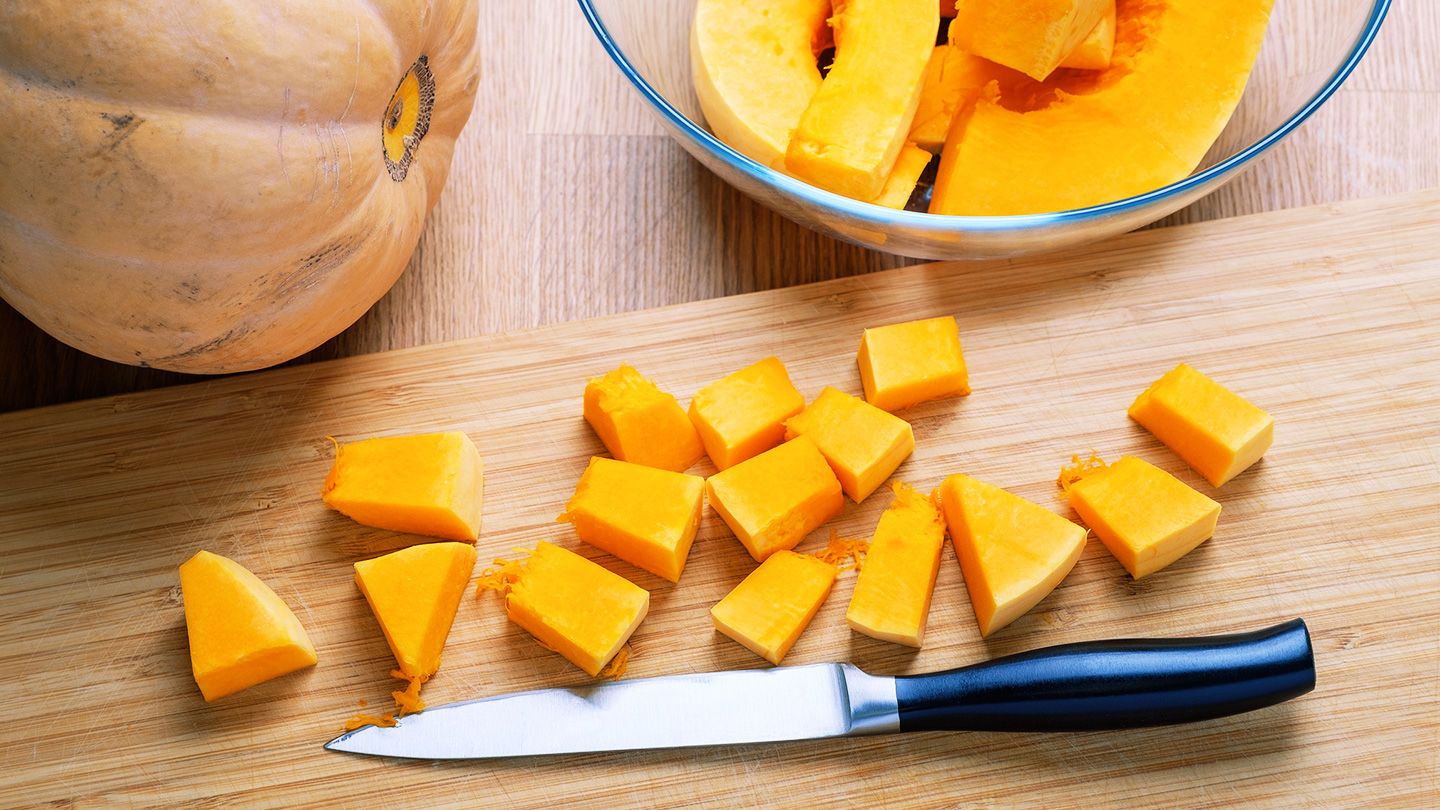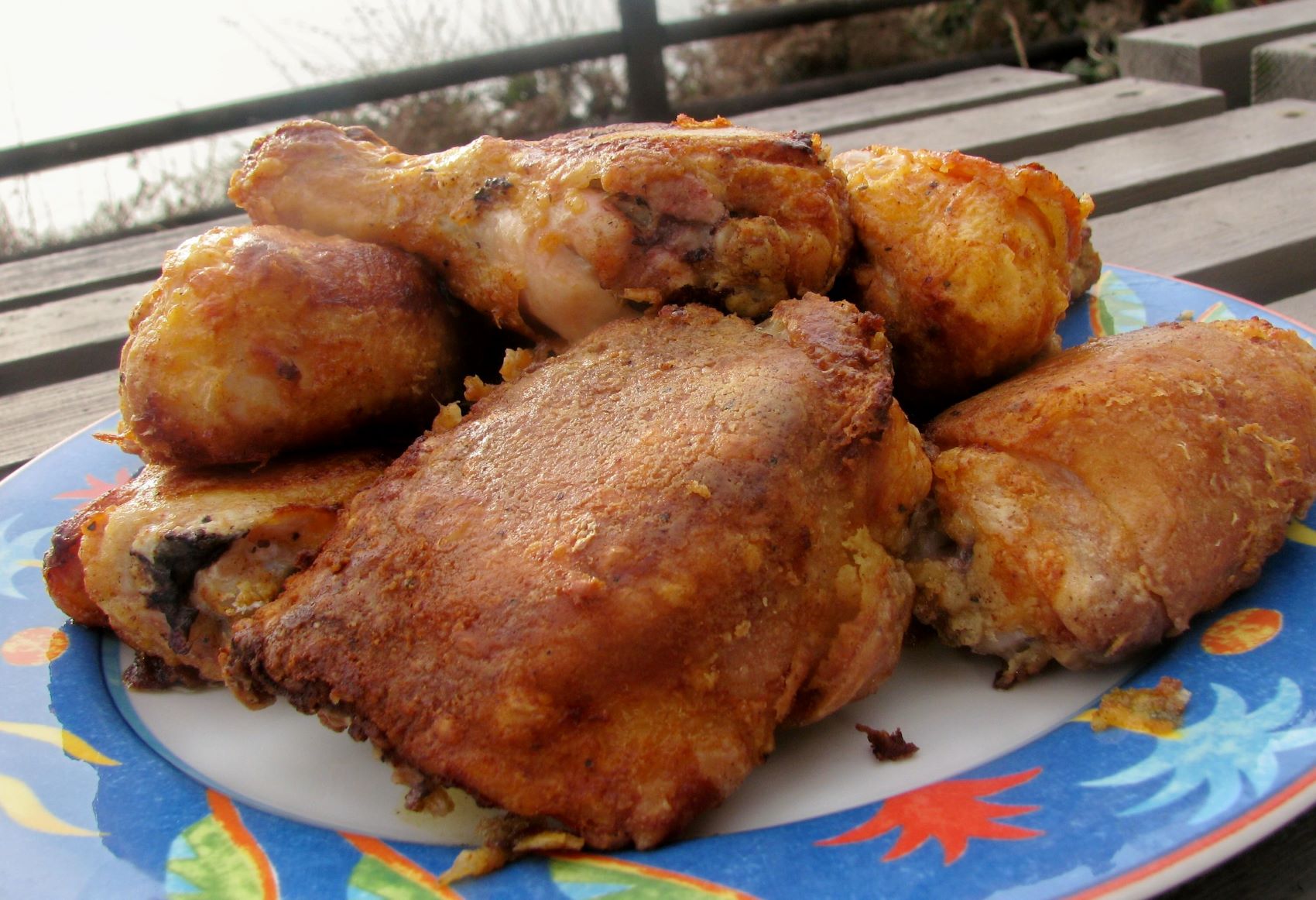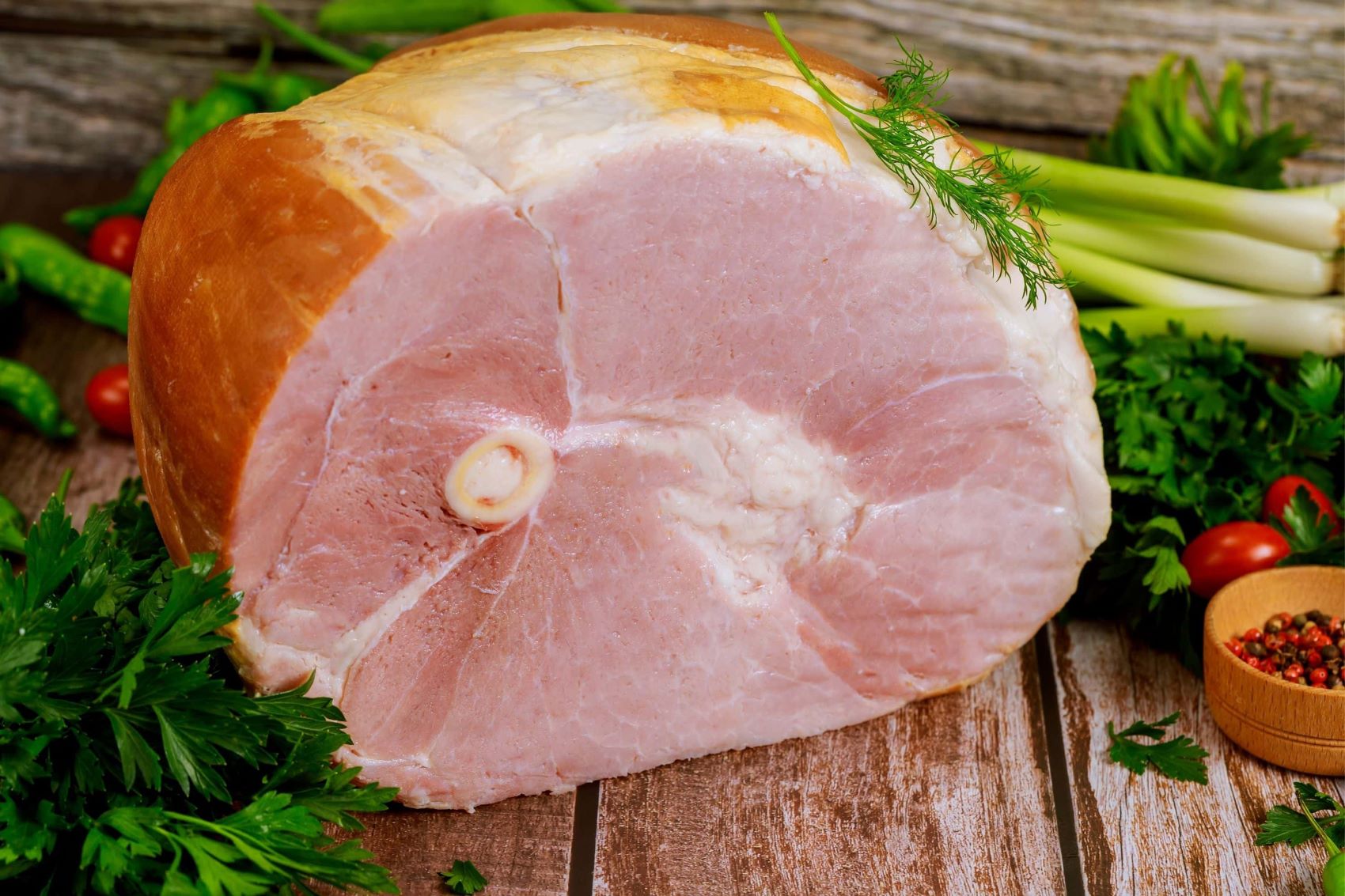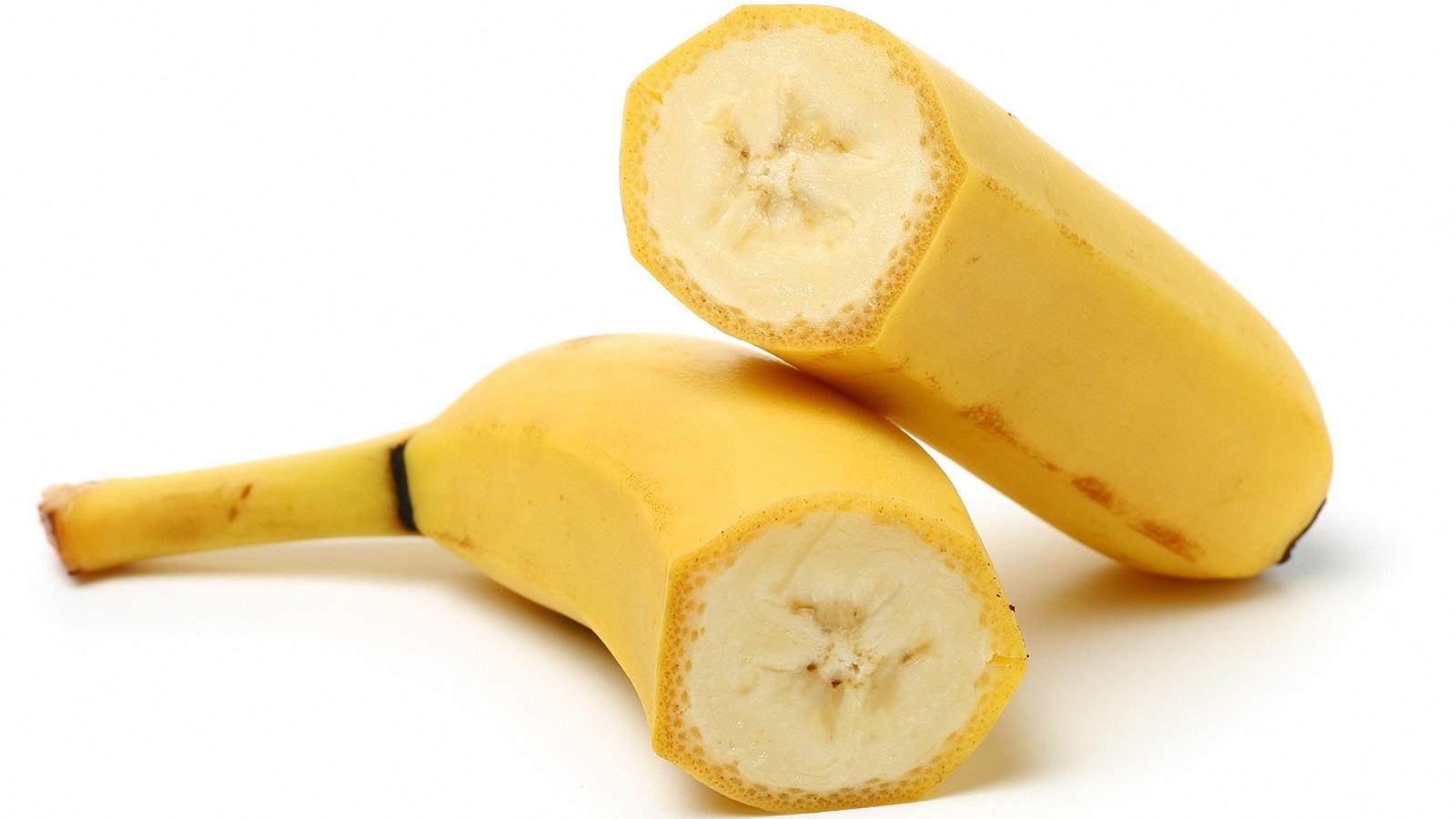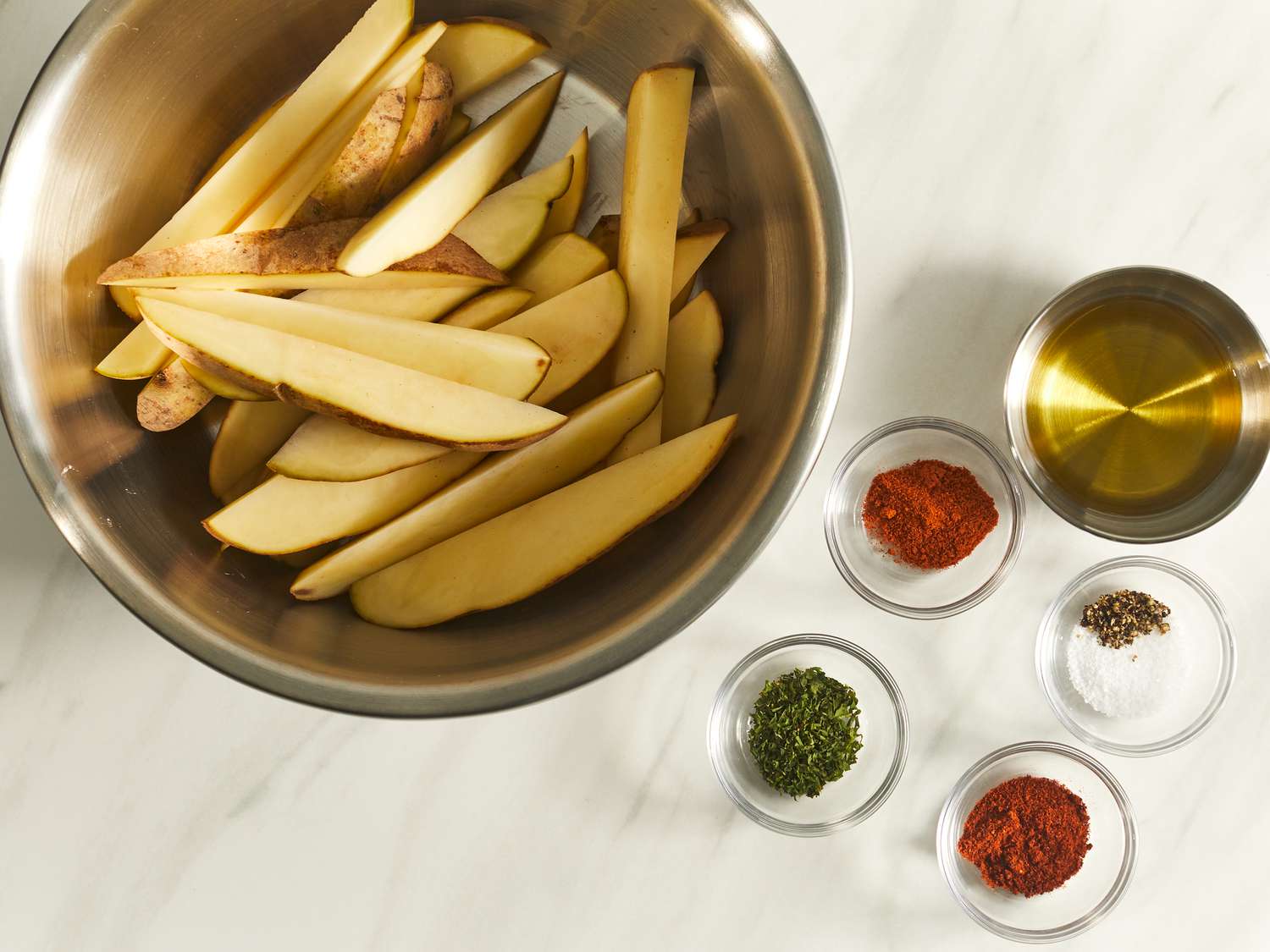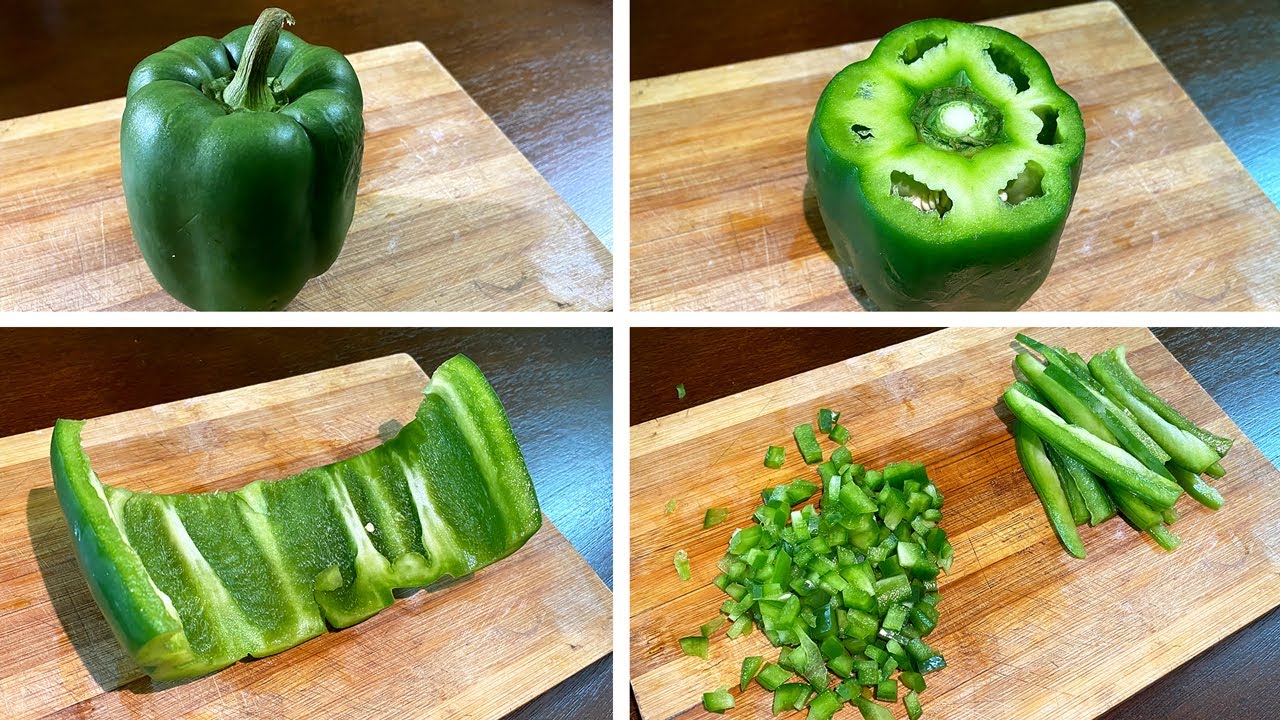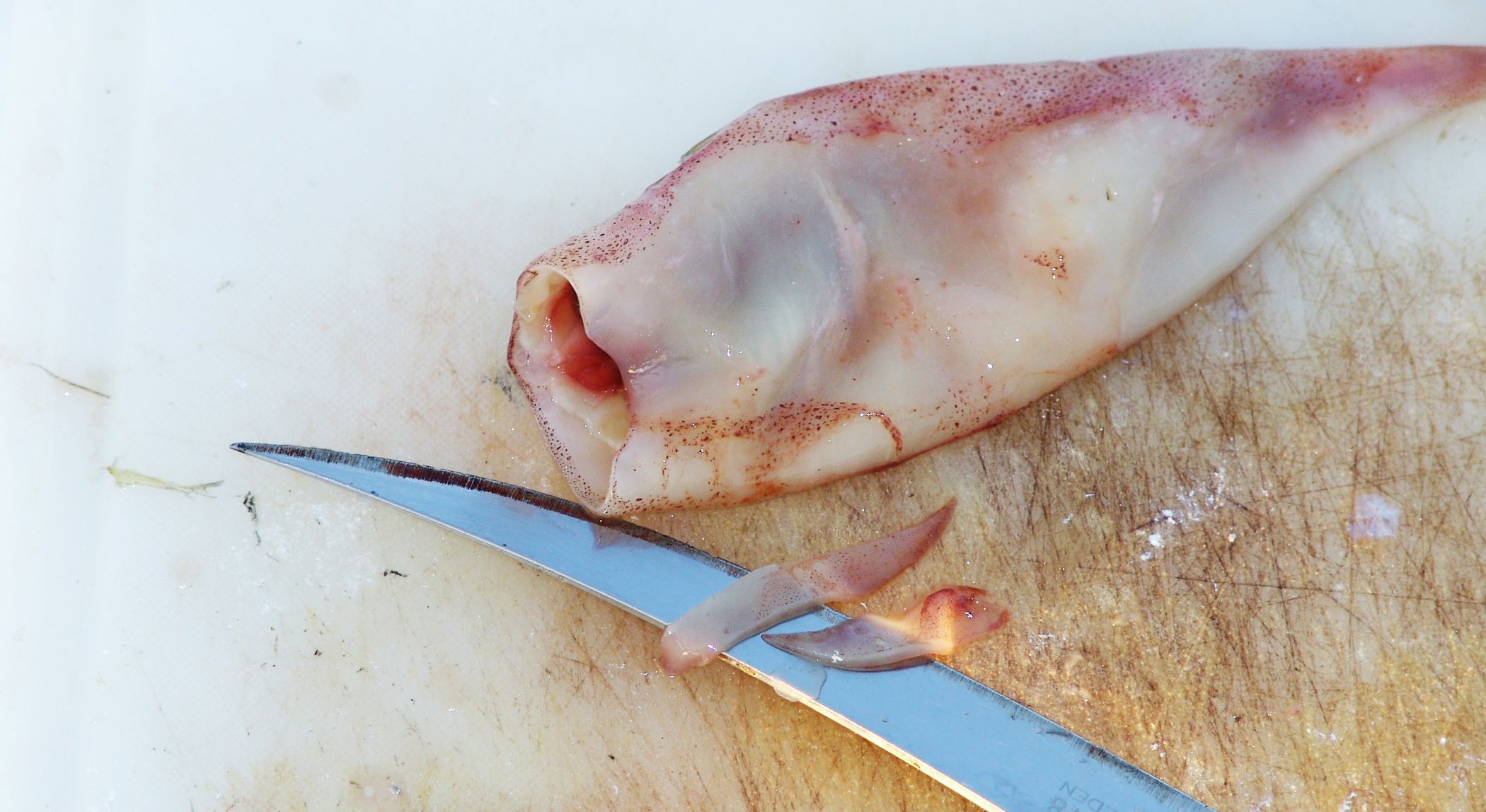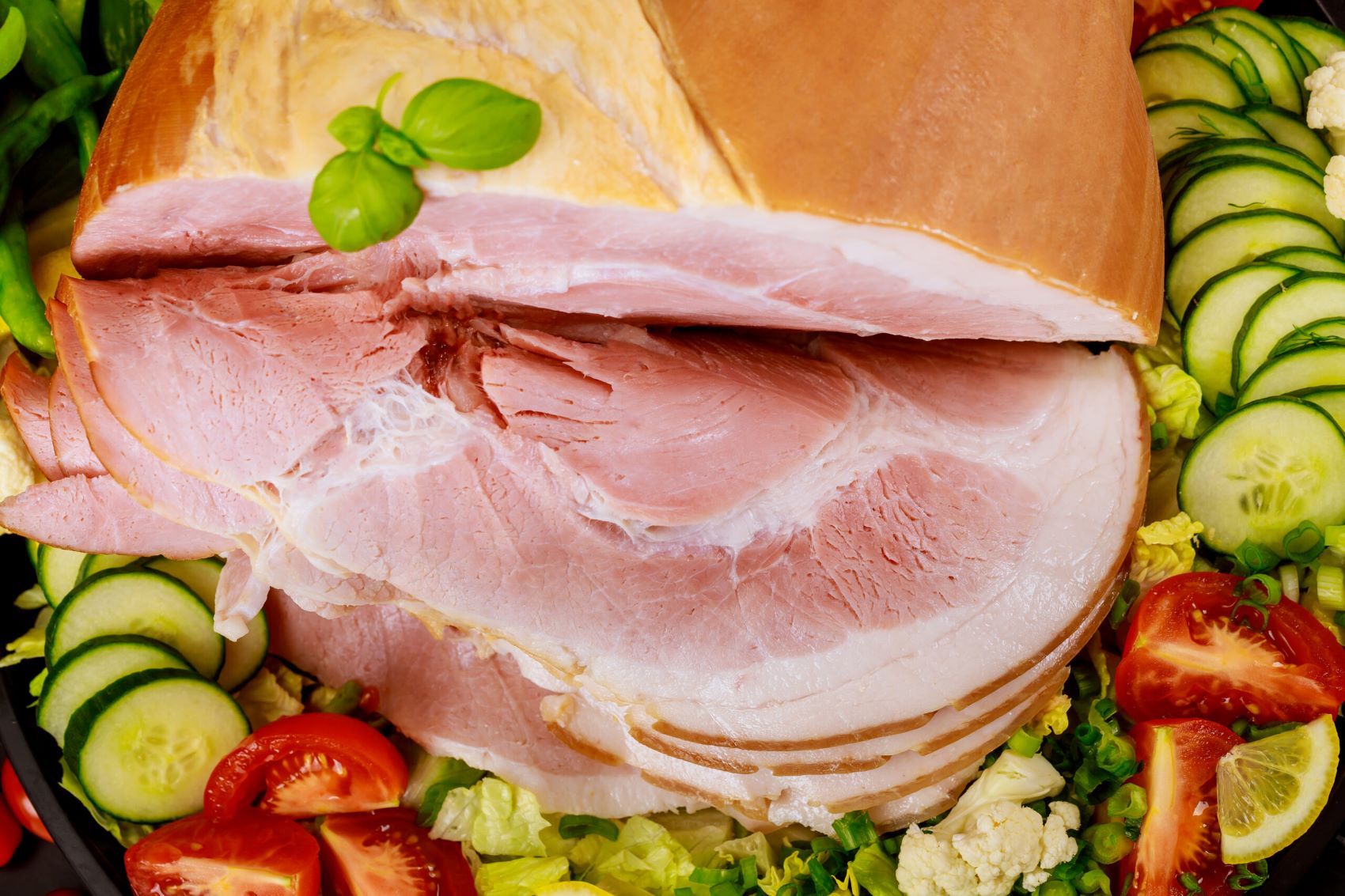How To Cut And Cook Spaghetti Squash
Spaghetti squash is a versatile and nutritious vegetable that can be used as a healthy alternative to traditional pasta. Not only is it low in calories and carbohydrates, but it is also packed with essential vitamins and minerals. In this article, we will guide you through the process of cutting and cooking spaghetti squash to perfection.
Cutting Spaghetti Squash
Before you can cook spaghetti squash, you need to cut it open. Follow these simple steps:
- Start by washing the squash under cold water to remove any dirt or debris.
- Place the squash on a cutting board and carefully slice off the stem using a sharp knife.
- Next, slice the squash in half lengthwise, from top to bottom. Take caution as it can be quite tough to cut through.
- Use a spoon or a scoop to remove the seeds and fibrous center from the squash halves.
Now that you have successfully cut the spaghetti squash, it’s time to move on to the cooking process.
Cooking Spaghetti Squash
There are several methods you can use to cook spaghetti squash. Choose the one that suits your preferences:
- Baking: Preheat your oven to 400°F (200°C). Place the spaghetti squash halves, cut side down, on a baking sheet. Bake for about 45-60 minutes, or until the flesh is tender enough to be easily pierced with a fork. Once cooked, use a fork to scrape the flesh lengthwise, creating vegetable “spaghetti” strands.
- Microwaving: Pierce the whole spaghetti squash with a fork all over to create some ventilation holes. Place it in a microwavable dish and microwave on high for 10-12 minutes, or until the flesh is tender. After removing from the microwave, let it cool for a few minutes before cutting it in half and shredding the flesh with a fork.
- Instant Pot: Pour 1 cup of water into the Instant Pot and place the spaghetti squash halves on the trivet. Close the lid and set the valve to “sealing”. Cook on high pressure for 8-10 minutes. Release the pressure manually and carefully remove the squash. Once cooled, use a fork to scrape out the tender spaghetti-like strands.
Whether you choose to bake, microwave, or use an Instant Pot, the end result will be the same – delicious and healthy spaghetti squash ready to be enjoyed in a variety of dishes.
Ways to Enjoy Spaghetti Squash
Now that your spaghetti squash is cooked and ready, here are a few ideas on how to serve it:
- Top it with your favorite pasta sauce, like marinara or alfredo, and sprinkle with grated Parmesan cheese for a classic pasta-like dish.
- Toss it with some sautéed vegetables, garlic, and olive oil for a simple and flavorful side dish.
- Add it to soups, stir-fries, or casseroles for an extra boost of nutrients and a tasty twist.
- Use it as a base for a low-carb and gluten-free “spaghetti” bowl, topped with protein like grilled chicken, shrimp, or tofu.
Get creative and experiment with different flavors and combinations to find your favorite way to enjoy spaghetti squash!
Now that you know how to cut and cook spaghetti squash, it’s time to get started in the kitchen. This versatile vegetable is not only delicious but also a nutritious addition to your meals. So, grab a spaghetti squash and embark on a culinary adventure that will leave you satisfied and healthy!
Was this page helpful?
Read Next: How To Cut Acorn Squash Easily
